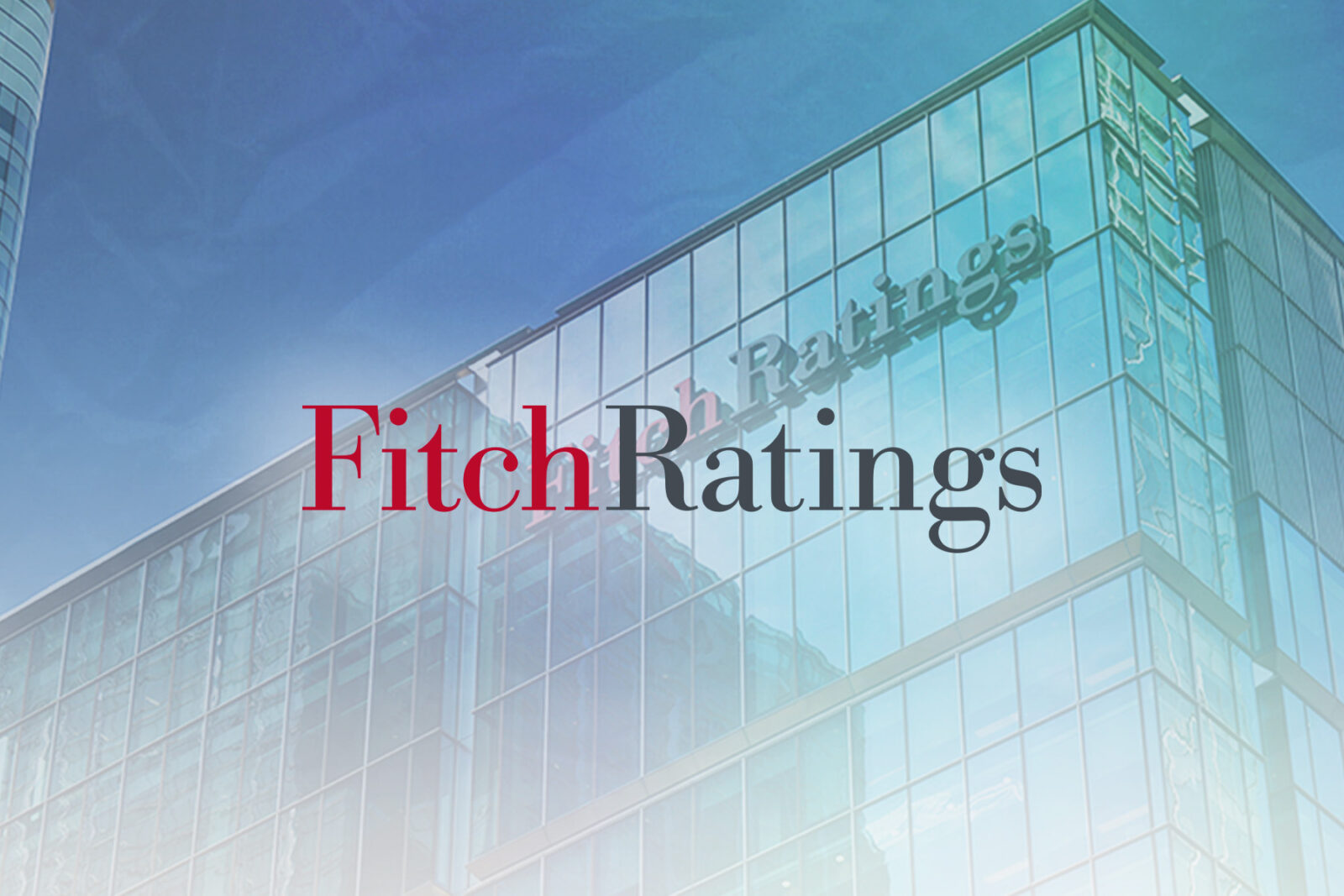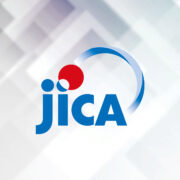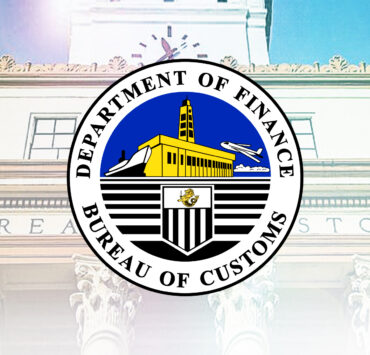Banks ‘steady’ despite graft probe risks–Fitch

Philippine banks are poised to maintain “steady financial performance” in 2026 despite a cycle of interest-rate cuts that could compress lending margins, Fitch Ratings said.
But the global credit rating agency cautioned that a widening corruption inquiry, which has gutted business confidence and delayed public works, may dampen demand for loans.
In a note on Wednesday, Fitch said it expected the local economy to grow by 5.8 percent in 2026, faster than its growth estimate of 5.6 percent for 2025. This, in turn, should create a “resilient operating environment” for lenders.
On the revenue front, the growing exposure of banks to higher-yielding—though largely untested—consumer loans is seen to help cushion their margins as the Bangko Sentral ng Pilipinas (BSP) continues its easing cycle. But this means a further buildup of credit risks, making banks more vulnerable to future shocks or a weakening labor market that could strain the ability of households to repay.
At the same time, Fitch flagged the possibility of a deeper decline in borrowing costs if the economy loses more momentum after its sluggish third-quarter performance.
For now, the debt watcher is penciling in an additional 0.5 percentage point in rate cuts by the end of 2026, as the corruption probe into anomalous government projects weighs on activity and pressures the central bank to extend its easing cycle.
Overall, Fitch is keeping a “neutral” outlook for the Philippine banking sector, matching its stance on several other emerging markets, including India, Indonesia, Malaysia, Mongolia, Sri Lanka and Vietnam.
“Internal capital generation, notwithstanding the easing of profitability from its cyclical peak, is well-positioned to support double-digit loan growth in 2026 and keep capitalization stable,” the debt watcher said.
“There could be upside to our forecast of bank revenues should the policy rate stay unchanged. This is because corporate loans make up the majority of banks’ loan portfolios, and tend to be highly responsive to changes in the policy rate,” it added.
Still dovish
Last October, the Monetary Board voted to cut the benchmark interest rate that banks use as a guide when pricing loans by a quarter point to 4.75 percent, citing the need to perk up business confidence bruised by a deepening investigation into dubious flood control projects.
That same scandal, the BSP said, could hurt government spending, adding risks to growth.
True enough, Economic Planning Secretary Arsenio Balisacan already conceded that reaching even the low end of the government’s 5.5- to 6.5-percent growth target for 2025 has become “very challenging.” The economy grew by just 4 percent in the third quarter, the slowest in four years.
BSP Governor Eli Remolona Jr. said another interest rate cut in December was “possible,” though he ruled out any aggressive easing action that may stir up fears that the economy was headed for a hard landing.
Looking ahead, Fitch warned that any further slowdown in public spending could ripple through the banking sector, which also lends to construction companies tied to government infrastructure projects.
“Improvements to the tendering and governance framework could yield stronger investor confidence in the long run, but a sharp pullback in project flows could disrupt construction activities and demand for bank facilities in the near term, weighing on loan growth,” the agency said.





















